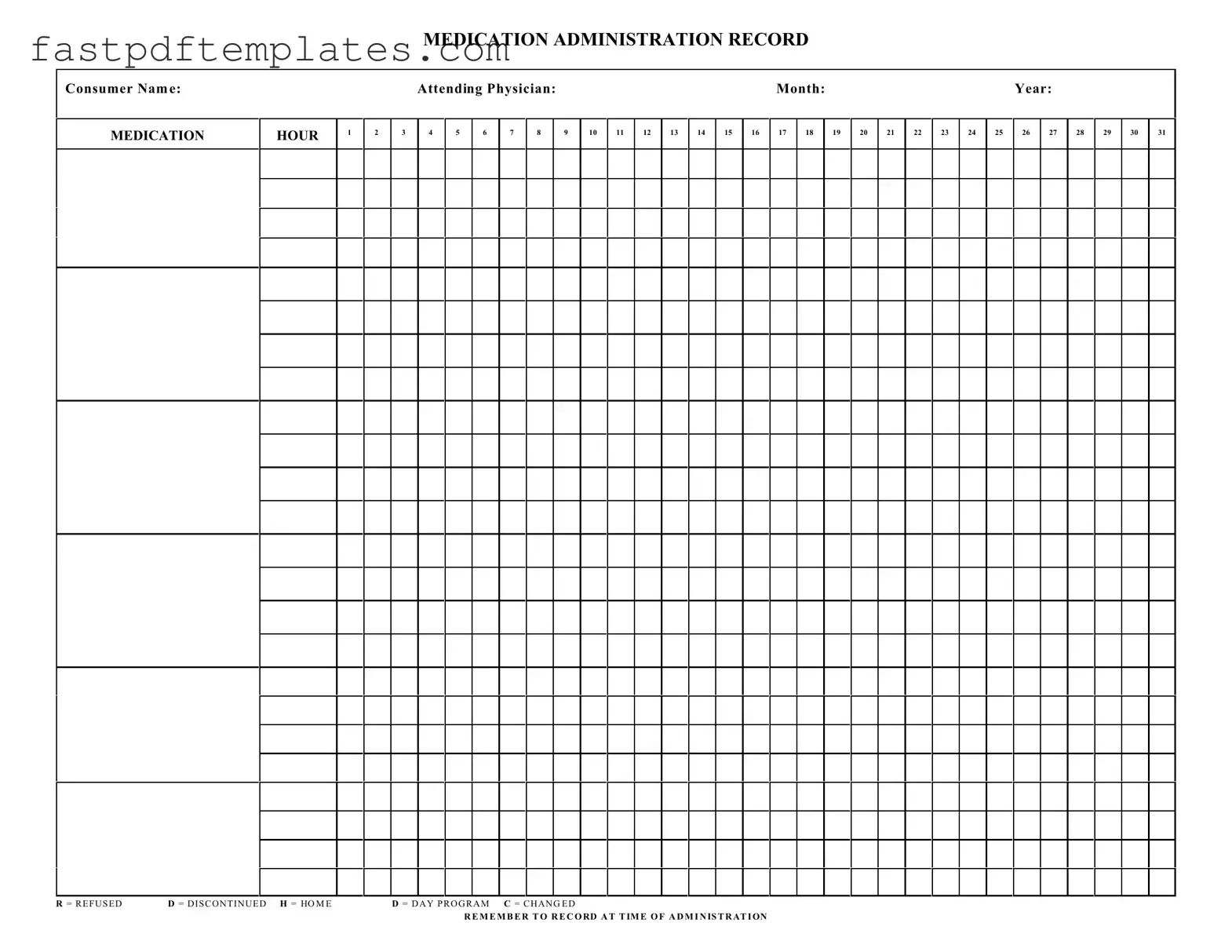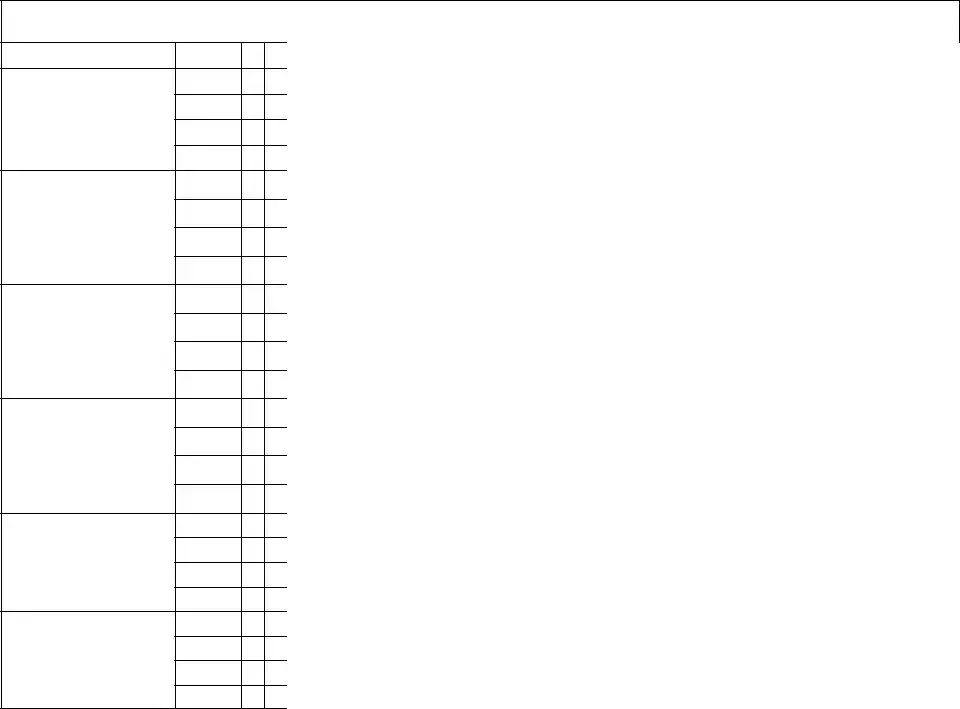Blank Medication Administration Record Sheet Form
The Medication Administration Record Sheet is a crucial tool used in healthcare settings to document the administration of medications to patients. This form ensures accurate tracking of when and how medications are given, helping to maintain patient safety and adherence to treatment plans. By recording each administration, healthcare providers can effectively monitor patient responses and make necessary adjustments to their care.
Access Document

